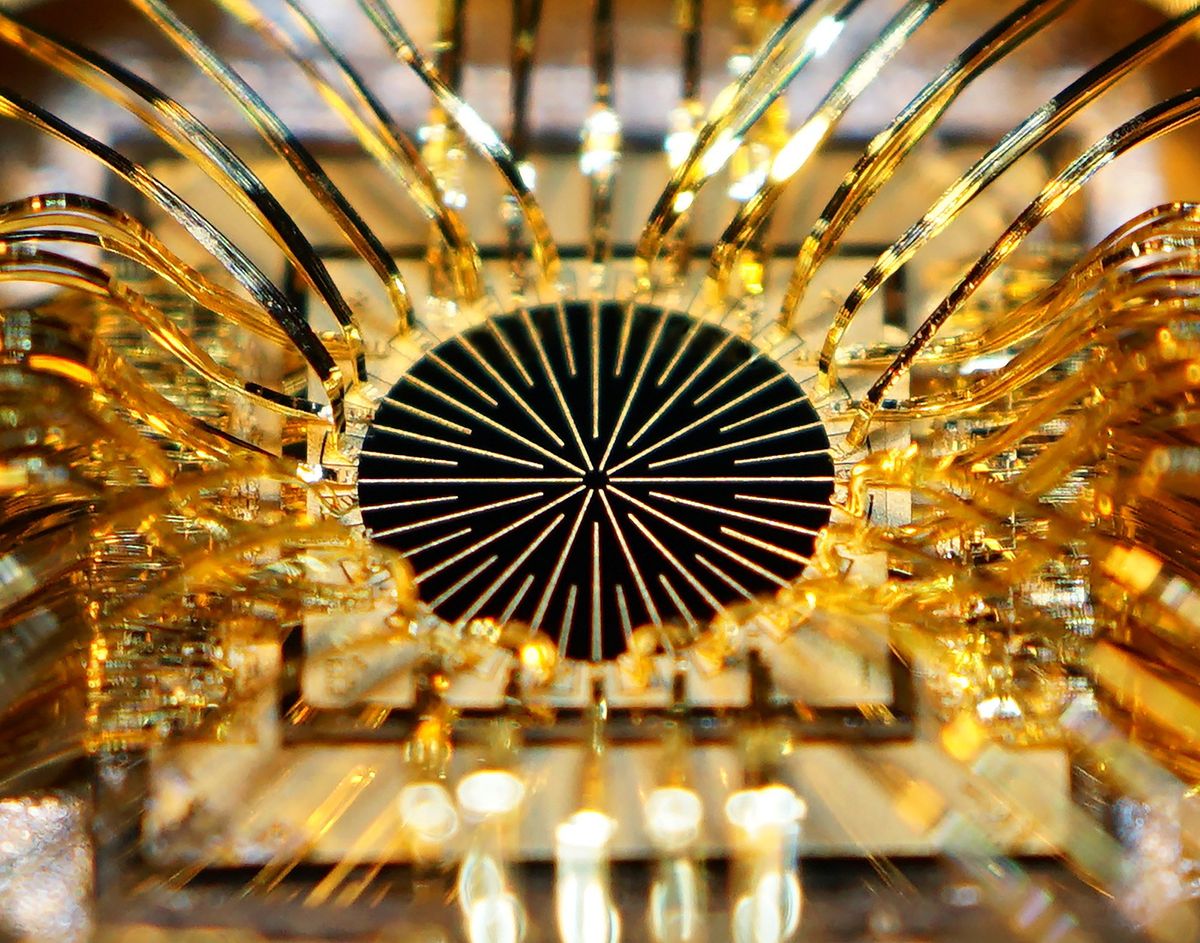As nanotech businesses fall deeper into the abyss, and the high-flyers sink into non-existence, you would think with all the government talk of nanotech being the future and stimulus dollars being spent that one would hear about some actual money being spent to keep nanotech companies going.
Sure, billions are invested in government and university research labs that are supposed to lead to some commercial applications. But they never do because the road from a lab prototype to a commercial product is expensive and there are little or no financial means of support to carry it off.
Shiny and new research centers producing all sorts of research ranging from the “who cares” to the “could be significant” abound but the commercialization of nanotech continues to flounder.
Meanwhile there is an endless chorus of the possible dangers of nanomaterials and their proliferation in consumer products. The last bit always leaves me scratching my head. I could have bought ‘nano pants’ 5 years ago and 5 years later that’s still about all I can buy if I go out looking to buy a nanotech-enabled product.
Despite these sinking fortunes for nanotech companies and products, some researchers manage to strike it rich. A professor at Duke University has just received $14 million to figure out the possible detrimental effects of silver nanoparticles, particularly those used in antibacterial socks.
Well done! Chapeaux! And all of that, but imagine if that kind of money was spent to support companies trying to bridge the financial chasm between a prototype and a product, I might actually be able to go out and buy a pair of nanosilver socks.Dexter Johnson is a contributing editor at IEEE Spectrum, with a focus on nanotechnology.


